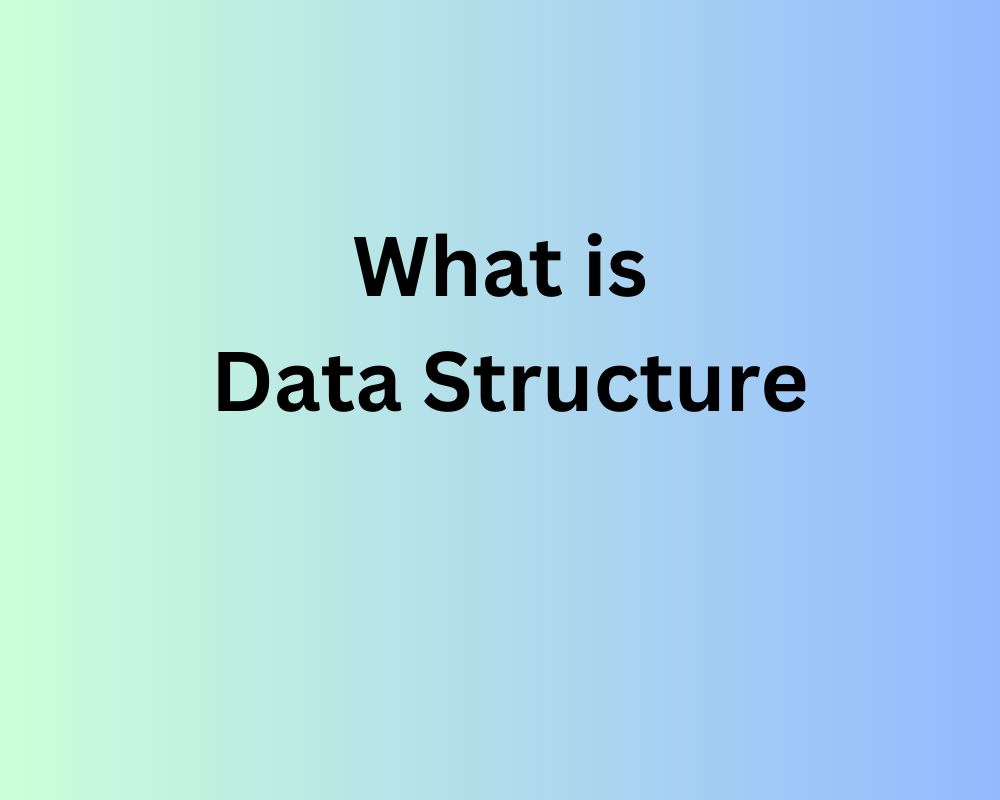A data structure is a way of organizing and storing data in a computer system. It defines the layout, organization, and operations that can be performed on the data. Data structures are crucial for efficient data management and manipulation in computer programs.
There are various types of data structures, each with its own characteristics and purposes. Here are a few commonly used data structures:
- Array: An array is a contiguous block of memory that stores a fixed-size collection of elements of the same type. Elements in an array can be accessed using their index position.
- Linked List: A linked list is a data structure where each element, known as a node, contains the data and a reference to the next node in the sequence. It allows for dynamic memory allocation and efficient insertion or removal of elements at any position.
- Stack: A stack is a last-in, first-out (LIFO) data structure where elements are added or removed from the top. It follows the principle of “last in, first out,” similar to a stack of plates.
- Queue: A queue is a first-in, first-out (FIFO) data structure where elements are added at the rear and removed from the front. It follows the principle of “first in, first out,” similar to a queue of people waiting in line.
- Tree: A tree is a hierarchical data structure composed of nodes, where each node has a parent-child relationship. It consists of a root node at the top and various levels of child nodes branching downward.
- Graph: A graph is a collection of nodes (vertices) connected by edges. It represents relationships between objects or entities, allowing for flexible data modeling.

